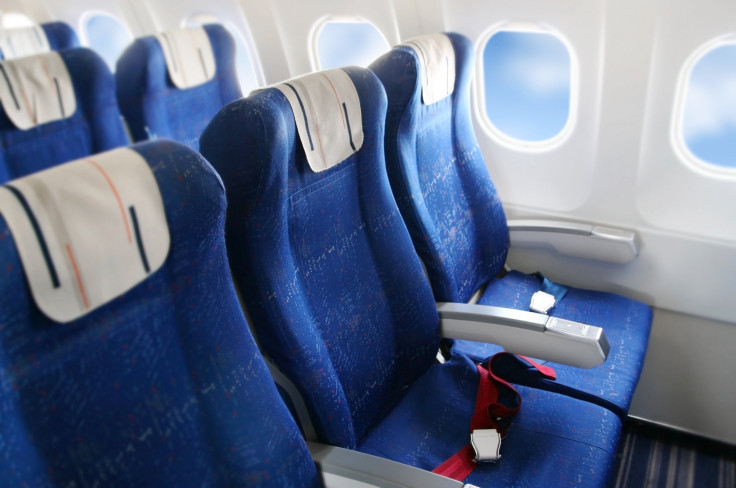MSRA And E.Coli Found To Survive For Up To A Week On Common Airplane Surfaces

A new study has confirmed what your mother has been saying your whole life: Without proper cleaning, bacteria are sure to survive. A team of researchers planted a few commonly found bacteria on airplane surfaces and waited around to see what happened. Turns out the bacteria were able to thrive for hours, even days, when left undisturbed. This study isn’t meant to stir the masses into hysteria, but rather make people aware of how many dangerous bacteria they most likely come into contact every day.
A team of researchers from Auburn University took two common bacteria, Escherichia coli and Methicillin-resistant Staphylococcus aureus (MRSA), and placed them on various surfaces one might find on an airplane. These surfaces ranged from fabric seat covers to tray tables. The researchers simulated an areospace environment creating both temperatures and humidity levels similar to ones in airplanes. The bacteria were mixed into three different solutions: saline, simulated sweat, and simulated saliva, The Washington Post reported.
Results showed that MRSA lasted for 169 hours on the cloth seatback pockets of the airplane, the area where passengers commonly store their reading material and electronics. The E.coli bacteria survived for 96 hours on airline armrests, 72 hours on tray tables, and 48 hours on the metal button that flushes airplane toilets.
MRSA is an antibiotic-resistant strain of the staph bacteria. It most commonly infects those who spent a significant amount of time in places where people gather in close conditions, such as hospitals or schools. The Washington Post reports that it is also carried in the nostrils of about one percent of the U.S. population. E.coli is a type of bacteria that normally lives in the intestines of people and animals. Particularly nasty strains of E.coli can cause severe abdominal cramps, bloody diarrhea, and vomiting.
The study revealed that although bacteria were more easily transferred on non-porous surfaces, such as the tray tables, they were able to survive much longer on porous surfaces like the airplane arm rests.
The purpose of this study is not to alarm but to educate. “The take-home message is be careful about your hand hygiene and don’t travel while contagious or immune compromised,” explained Kiril Vaglenov, lead author of the study, to The Post. It is important that people are aware of the prevalence of pathogens, do what they can do to avoid their spread.
Even after concluding that bacteria are able to survive for long periods of time in an airplane setting, lead author Vaglenov feels that the information should not scare any frequent flyers. “I don’t think it’s more dangerous than being at the movie theater,” he told The Post.
It doesn’t seem that boycotting airplanes will do any good to keep you safe from these bacteria anyway. Another recent study showed that they exist pretty much everywhere. What’s unsettling is not their large number but their increasing resistance to antibiotics. It’s not all dire; however, experts are convinced that the problem can be resolved if a global effort is made to curb antibiotic prescriptions and develop new sustainable antibiotic drugs.
Source: Barbaree J, Vodyanoy V, Price S, Suh S, Vaglenov K. Survival and Transmission of Selected Pathogens on Airplane Cabin Surfaces and Selection of Phages Specific for Campylobacter jejuni. Auburn University These and Dissertations. 2014.
Published by Medicaldaily.com



























